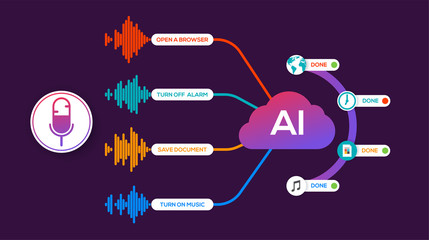How To Create Performance Marketing KPI’s
Define your purpose
As a famous proverb puts it: “without vision, the people perish”.
Before you get into the details of numbers and targets it’s important to clearly define the purpose of your business and by this we don’t mean a description pages and pages long that makes War and Peace look small in volume.What does your business exist for? Who are you trying to serve? How do you serve them best? What difference do you bring to the marketplace?
Articulate your purpose clearly, answering these questions, in less than 30 words.
It should be easily repeated from the most junior to the most senior member of your team.
Engage your team
You can have the best all singing / all dancing KPI slide deck, heck you can even make the KPI’s themselves sing and dance in an animated short film but ultimately if you’re team aren’t signed up and feel accountable for your KPIs then you’re just rearranging deck chairs on the Titanic.
Get the people who will own the KPIs in a room. Get them to input and make sure they understand they’re contributing to the key ideas. Give them an opportunity to object/discuss areas they’re uncertain on and then assign accountability for each metric to individual or team. The end goal is to have a set of KPI’s that everyone fully understands, is signed up to and is accountable for.
Choosing what to measure
The most important part of setting a KPI is choosing what to measure. Think about what you want and where you want the business to be. Make sure every KPI you decide on can clearly be aligned with your business purpose and the people you’re trying to serve (target audience).
Tighten the net and assign a gate-keeper for those targets.
Assign responsibility to a team or individual (depending on the size of the company) that can act as the proverbial rottweiler and will make sure every new project or activity can genuinely be linked back to your goals. The project owner must be able to clearly articulate how their new piece of work will impact the KPIs, how it will be measured and what the timings around the results.
What you should measure
Firstly make sure all KPIs are SMART:
- Specific
- Measurable
- Achievable
- Relevant
- Time-Bound
It does not change
Some KPIs should be channel specific and others will relate to overall business goals. Many organizations will need KPIs of both types in order to measure both channel performance and the impact this then has on overall goals. KPI’s focused on customer satisfaction either measured as a Net Promoter Type score are always good at higher level KPI – but their also needs to be granularity to ready understand what is going on.
Not all channels are likely to have the same KPI. For example it would be unrealistic to expect social media to have a direct impact on revenue/conversions (although this is depending on your product offering however in B2B this would be unusual) and therefore a more appropriate KPI may be “reach”.
Measuring progress
KPI’s need to be living and breathing within your organisation and should be reviewed regularly so everyone is up to date with progress. If you’re using the SMART model then each KPI will be time-bound and so it will be easy to see what is needed and by when. If for some reason there are factor’s outside of your control that will impact the KPI then it is important this is flagged quickly and discussed so that it can either be recalculated or expectations have been managed by the time the due date appears.
Conclusion
In conclusion, it is true that there is a lot to consider when setting your marketing KPIs but spending the time planning up-front is definitely worth the investment. Because the numbers depend completely on what you’re going to do. All too often we focus on what we do and how we do it. But it’s a good understanding of why you are doing what you’re doing that will keep focus in the hard times and ultimately business success will depend on everyone’s understanding of why it matters.


















